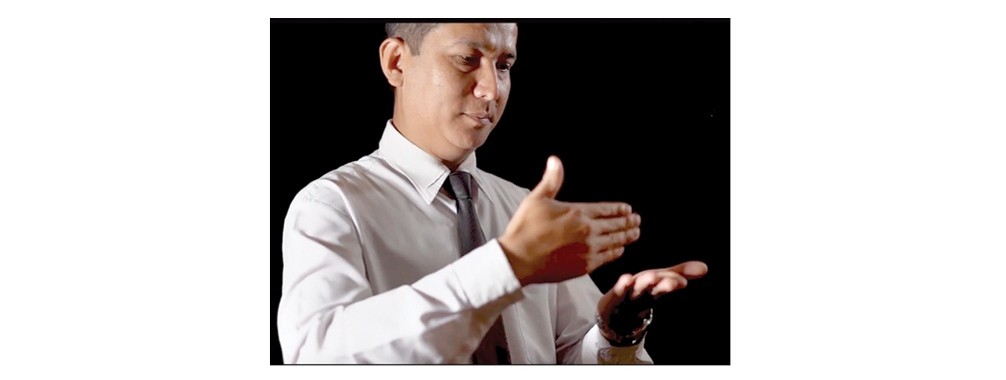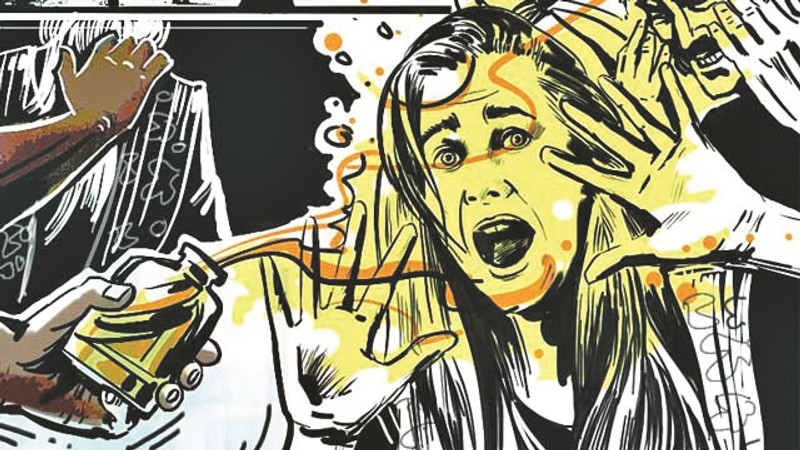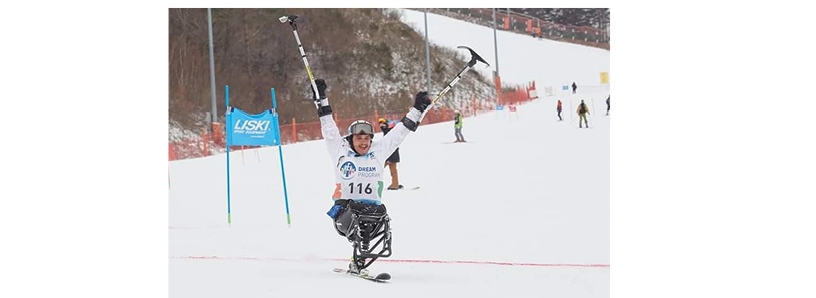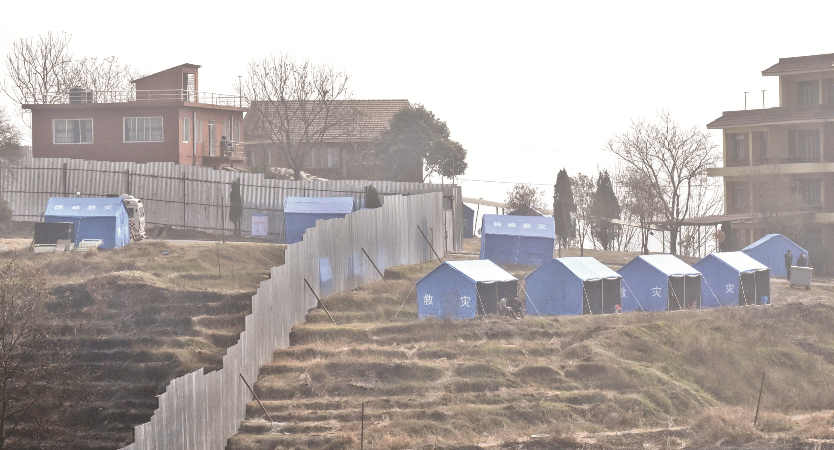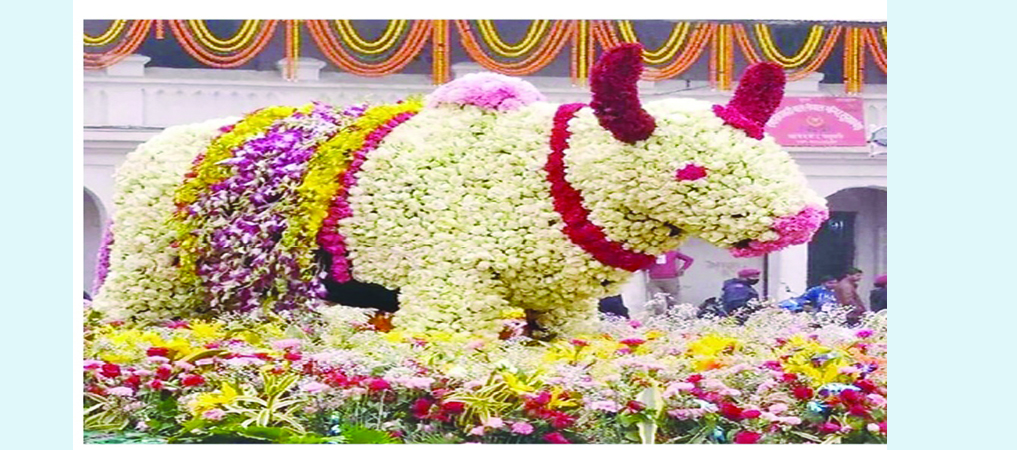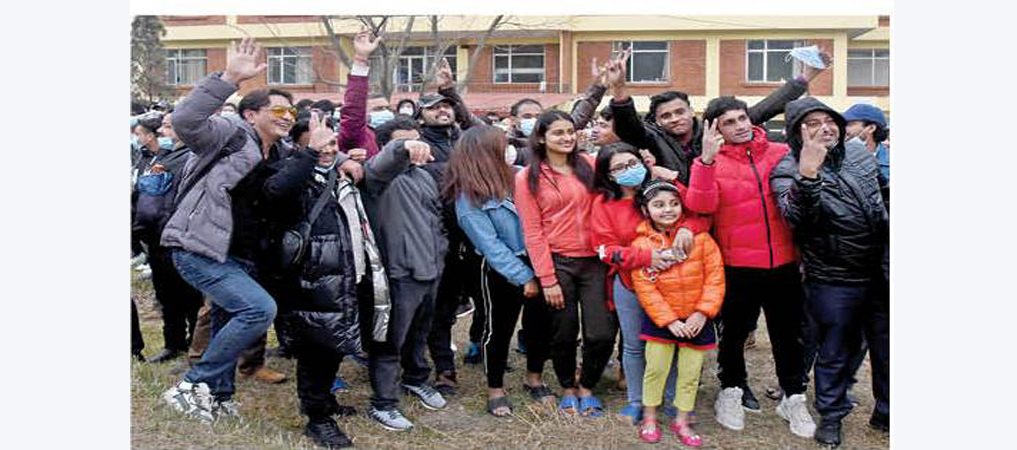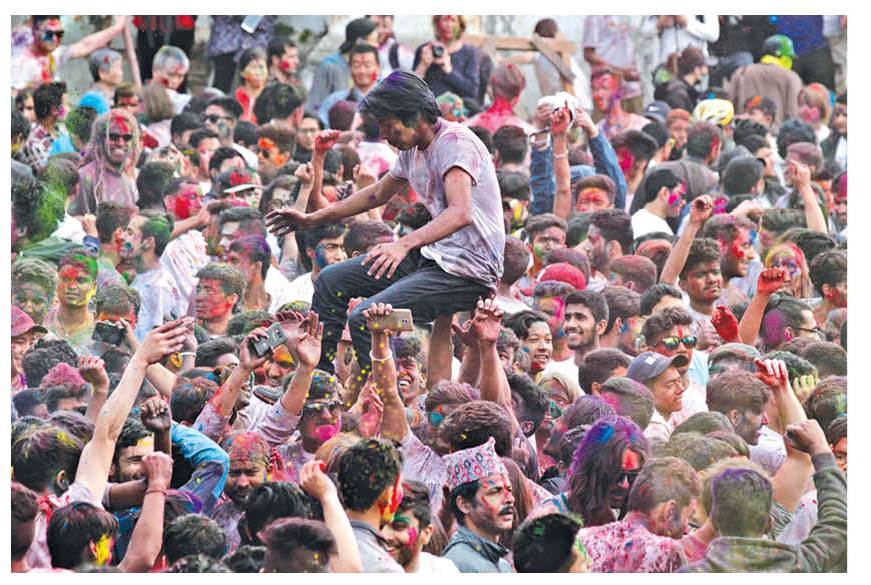Go For Pooled Testing

Sampada A. Khatiwada
The daily national COVID-19 tally is now hovering around 500 cases, signifying that the threat of virus has spread across the nation. Infection rate in Kathmandu, Bhaktapur and Lalitpur has increased alarmingly.
Mostly the frontline workers such as police personnel, health workers and volunteers have been detected with the virus infection in the Valley. Some cases of community transmission of the virus have also been sensed, as many patients, who visit the hospitals for their routine check-ups, with no travel history, have also been found to have been infected with the virus.
If the infection rate of virus continues to rise, the Valley can be hit by the public health emergency. Resumption of public transportation services, and government and private offices has further intensified the risk of the virus transmission.
The cases of virus infection are being detected among civil servants and security personnel deployed at various service delivery points and bank officials among others. This indicates that the virus might have already spread to community.
Once the virus enters the community, it will be an uphill battle to contain it in the densely populated Kathmandu Valley with over 4 million population.
As vaccine against COVID-19 has not been developed yet, preventing the spread of the virus to the extent possible and opting for all the prescribed safety measures are the only ways to stay unaffected from the deadly killer virus disease. Also, expanding the tests of COVID-19 in areas where the cases are skyrocketing would help in ascertaining the state of community transmission and would enable the government to take further steps accordingly.
The World Health Organisation (WHO) has been asserting that conducting COVID-19 tests extensively would help in limiting the spread of the virus but the pandemic has globally caused a massive strain to public health. Conducting expensive Polymerase Chain Reaction (PCR) tests is a hard job for many nations as the economic regime of many countries has started to go downhill and Nepal is no exception to it.
Amid this crisis, the United States Food and Drugs Administration (FDA) has said that ‘Pooling’ method of COVID-19 testing would come in handy to expand PCR tests as sample pooling allows more people to be tested quickly by using fewer testing resources.
In the pooling method, swab samples of several individuals are grouped into one batch and are tested together in a single tube. If the batch tests negative for the virus, then it is ascertained that none of the samples are infected with SARS-CoV-2 and if the test reports are positive, then the people of that batch can be tested individually.
Pooled testing has successfully been implemented in several countries like China, Germany, Ghana, India, and the USA. It is the cheapest and easiest way of expanding COVID-19 tests with the help of existing resources and equipment.
As the cases of virus infection have been increasing in the Valley, it is time for the government to consider the pooling method of COVID-19 testing. In the pooled method, the limited resources of the government can be utilised to an optimum level and the state of community transmission can be known quickly which would further help in framing strategies for prevention and control of the virus.
Recent News

Do not make expressions casting dout on election: EC
14 Apr, 2022
CM Bhatta says may New Year 2079 BS inspire positive thinking
14 Apr, 2022
Three new cases, 44 recoveries in 24 hours
14 Apr, 2022
689 climbers of 84 teams so far acquire permits for climbing various peaks this spring season
14 Apr, 2022
How the rising cost of living crisis is impacting Nepal
14 Apr, 2022
US military confirms an interstellar meteor collided with Earth
14 Apr, 2022
Valneva Covid vaccine approved for use in UK
14 Apr, 2022
Chair Prachanda highlights need of unity among Maoist, Communist forces
14 Apr, 2022
Ranbir Kapoor and Alia Bhatt: Bollywood toasts star couple on wedding
14 Apr, 2022
President Bhandari confers decorations (Photo Feature)
14 Apr, 2022




